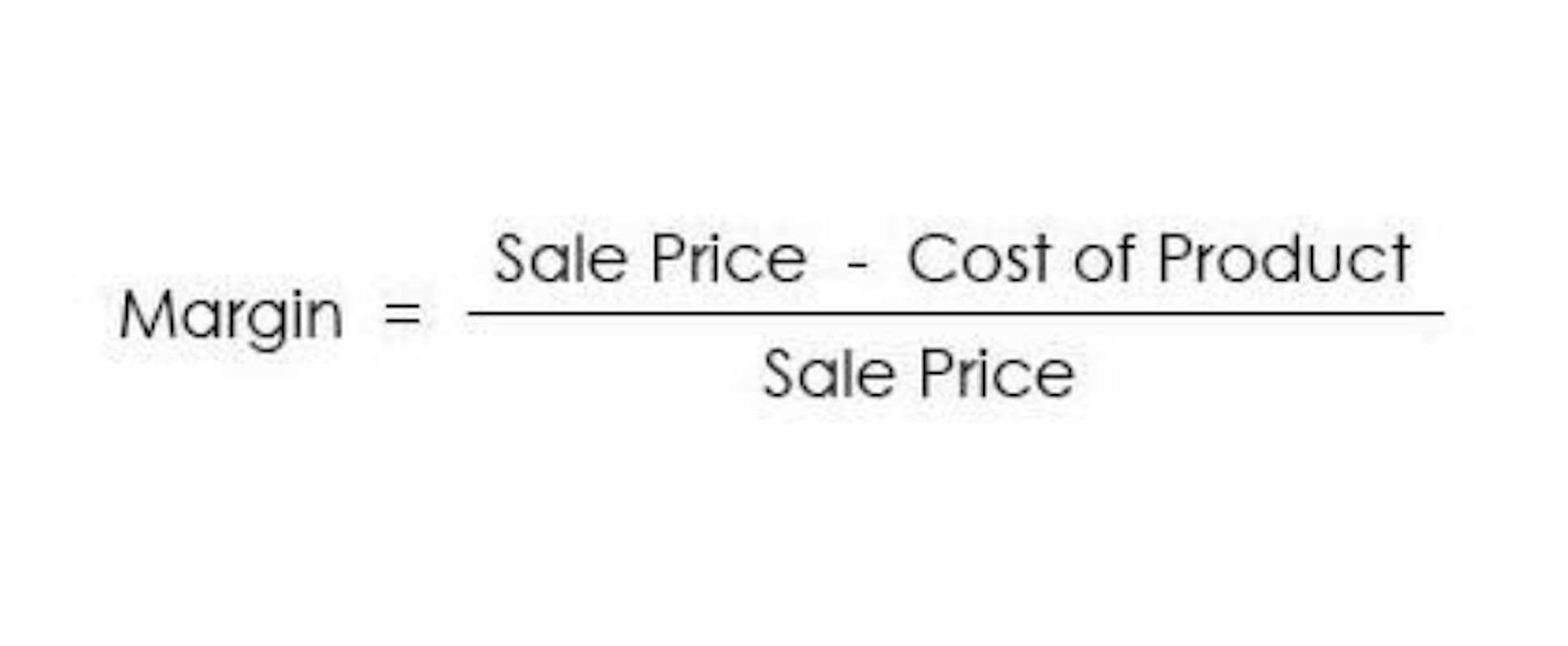- August 16, 2022
- Posted by: admin
- Category: Bookkeeping

The present value of your annuity is a component of your net worth, and you need this information to ensure a comprehensive picture of your finances. Our expert reviewers hold advanced degrees and certifications and have years of experience with personal finances, retirement planning and investments. There is a separate table for the present value of an annuity due, and it will give you the correct factor based on the second formula. Julia Kagan is a financial/consumer journalist and former senior editor, personal finance, of Investopedia. Studying this formula can help you understand how the present value of annuity works. For example, you’ll find that the higher the interest rate, the lower the present value because the greater the discounting.
- If you’re looking for an investment strategy that goes beyond “buy and hold” while controlling risk and requiring as little as 30 minutes a month to manage, this is the answer.
- Our partners at Credible can help you find a personal loan that’s right for you.
- To clarify, the present value of an annuity is the amount you’d have to put into an annuity now to get a specific amount of money in the future.
- The present value of an annuity refers to how much money would be needed today to fund a series of future annuity payments.
- John Egan is a veteran personal finance writer whose work has been published by outlets such as Bankrate, Experian, Newsweek Vault and Investopedia.
- PV annuity tables are one of many time value of money tables, discover another at the links below.
Getting early access to these funds can help you eliminate debt, make car repairs, or put a down payment on a home. The present value of an annuity refers to how much money would be needed today to fund a series of future annuity payments. Or, put another way, it’s the sum that must be invested now to guarantee a desired payment in the future.
What Is the Present Value of an Annuity?
For example, if an individual could earn a 5% return by investing in a high-quality corporate bond, they might use a 5% discount rate when calculating the present value of an annuity. The smallest discount rate used in these calculations is the risk-free rate of return. Treasury bonds are https://www.bookstime.com/ generally considered to be the closest thing to a risk-free investment, so their return is often used for this purpose. If your annuity promises you a $50,000 lump sum payment in the future, then the present value would be that $50,000 minus the proposed rate of return on your money.

The term “present value” refers to an individual cash flow at one point in time, whereas the term “annuity” is used more generally to refer to a series of cash flows. The present value of an annuity is a calculation used to determine the current worth or cost of a fixed stream of future payments. In contrast, the annuity factor is used to calculate how much money must be invested at a given rate of return over a certain period for it to accumulate to a specific sum in the future.
Time Value of Money
We may earn a commission when you click on a link or make a purchase through the links on our site. All of our content is based on objective analysis, and the opinions are our own. Mortgages and certain notes payable in equal installments are present value of annuity table examples of present-value-of-annuity problems. It is important to distinguish between the future value and the present value of an annuity. For instance, a $5,000 investment that yields 5% will earn more than $8,100 over the next decade.

An example of an annuity is a series of payments from the buyer of an asset to the seller, where the buyer promises to make a series of regular payments. Earlier cash flows can be reinvested earlier and for a longer duration, so these cash flows carry the highest value (and vice versa for cash flows received later). This problem involves an annuity (the yearly net cash flows of $10,000) and a single amount (the $250,000 to be received once at the end of the twentieth year).

